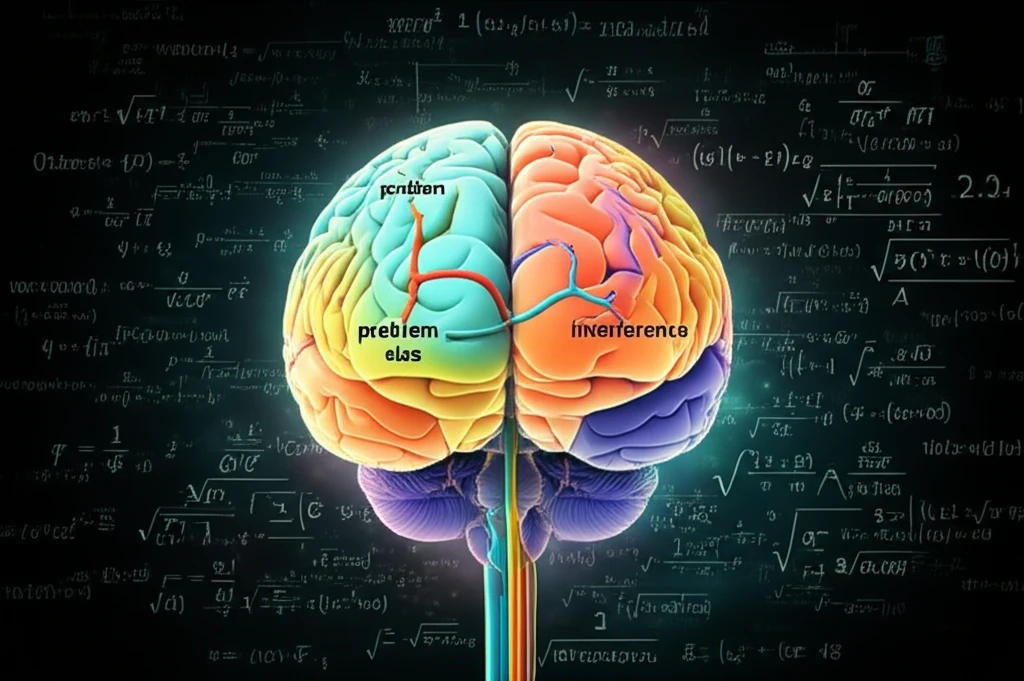
Decoding the Math in Your Mind: How Problem Size and Interference Shape Your Ability to Calculate
"New research explores how our brains handle multiplication, revealing the roles of problem size and interference in our mental math abilities."
Mental math is a fundamental skill, used daily from calculating grocery bills to managing finances. But have you ever stopped to consider what's happening in your brain when you multiply numbers? New research is illuminating the complex processes behind this seemingly simple task, revealing how our brains retrieve and process multiplication facts.
Two key players in this mental dance are problem size and interference. Problem size refers to the magnitude of the numbers involved (e.g., 2 x 2 vs. 7 x 8), while interference relates to how similar facts compete for our attention. These factors are often intertwined, making it difficult to isolate their individual effects. This is what makes understanding the unique contributions of these factors a newsworthy area.
By employing advanced brain imaging techniques and behavioral experiments, researchers are beginning to disentangle the neural sources of these effects. The study suggests that problem size is the dominant factor, with additional effects related to interference. This article will explore how these factors influence our mental math, why problem size often takes the lead, and how these insights could change the way we learn and teach arithmetic.
Problem Size vs. Interference: What's the Difference?

At the core of mental multiplication lies the challenge of retrieving facts from memory. Researchers have long recognized that certain characteristics of the problems themselves influence how easily we can access those facts. A key factor is problem size. Generally, we find that larger numbers and more complex calculations take longer and are more prone to errors, a phenomenon known as the 'problem size effect' (PSE).
- Problem Size: Refers to the magnitude of the numbers in the calculation. Larger numbers often lead to slower and less accurate answers.
- Interference: Occurs when similar multiplication facts compete in memory, leading to slower recall. The more similar the facts, the greater the interference.
Implications for Learning and Future Research
This study provides valuable insights into the cognitive processes underlying mental math. Understanding how problem size and interference affect our brain function can inform educational strategies. This research emphasizes the importance of a balanced approach to learning and practice. The study indicates that problem size is a major factor in how fast and how well we compute, with additional interference effects. Researchers are also looking at how motor functions influence problem solving as well. The research is a stepping stone, and further investigations will continue to reveal a richer understanding of how our minds work.
